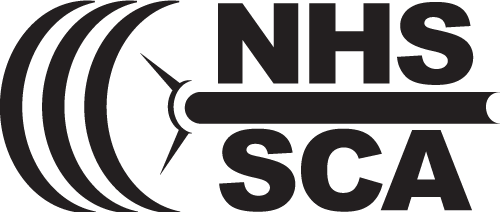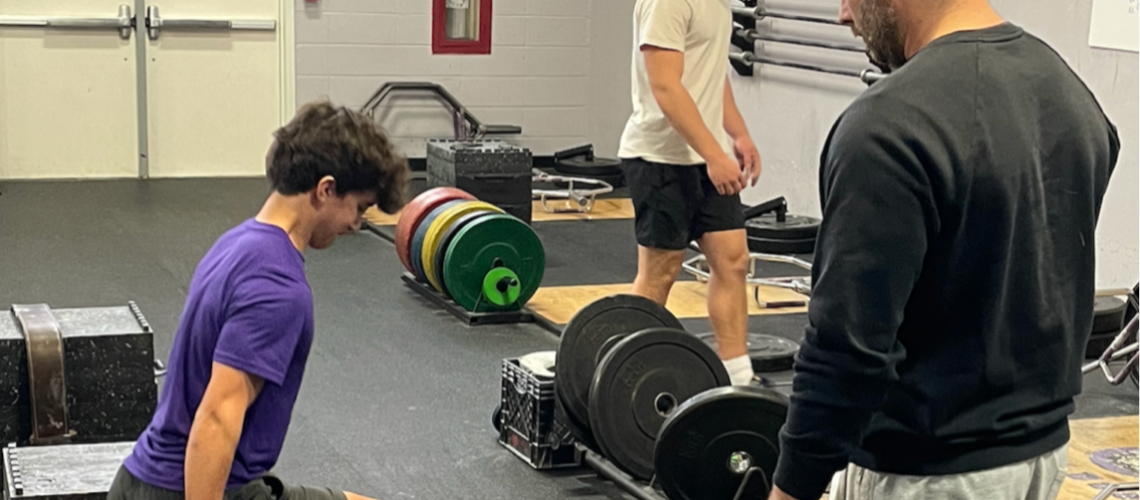By Rob Orrok, CSCS
Gaining weight for a high school athlete can be a very challenging endeavor. In my experience, the keys to success should be centered around simplifying the information as much as possible and creating sustainable/repeatable habits.
To help streamline the pertinent information surrounding the process, I like using several acronyms that are plastered throughout our cafeteria, weight room and gym areas…We even have stickers and fridge/locker magnets for extra reinforcement! Our kids know this collectively as “Everything Made Simple.” Here are the acronyms that we use:
- PCC = Protein carb color
- 1gpp= 1 gram of protein per pound of body weight
- IBB9= in bed by 9
- CICO = calorie in,calorie out
- 1/2bwoz= ½ your body weight in water each day
The best way to start this process is explaining CICO–Getting kids to understand that in order to build muscle and gain weight, we are going to need a calorie surplus. Using the visual analogy of a house under construction resonates well, as they understand that if we are going to add bedrooms, bathrooms, second floors, etc. to an existing house, we are going to need more building supplies like wood, brick, cement, etc.
The nutritional equivalent of building supplies is protein. A tricky thing for kids to understand, and adults for that matter, is that we can’t gain weight from protein alone; we need enough protein AND enough calories to build muscle. How much? About 3,500 extra calories over the course of a week will result in a gain of about 1 lb. If we can create that surplus in addition to 1gpp, we will be in great shape (pun intended). The general rule of thumb for high school athletes is a pound a week. I have found this to be very attainable, and when paired with a well-organized strength program, will result in lean mass gains that will be difficult to replicate later on in adulthood.
The next step in the learning process is getting your athletes to understand how many calories they need just to maintain their current body weight. In order to do this, we have them use Myfitnesspal to get a ballpark estimate of what that number might be. Once the athlete has their maintenance number estimated, we can go in and add their favorite foods into the app with the goal of hitting 1gpp, PCC, and their caloric surplus.
For example, if Student-Athlete A finds that based on his height, weight, age, and activity level he needs about 3,000 kcal a day to maintain his weight, we will make his weight gain number 3,500 per day, with the weekly goal of adding 1 lb. of lean mass.
A great way to make this visually understandable to the athletes is to have them create an actual picture collage of all the foods they chose from Myfitnesspal and then print and laminate each athlete’s collage as an example.
Lastly, an easy practice activity we use is to have the athletes make performance plates using play food. We have a big Tupperware container filled with plastic steaks, potatoes, veggies, etc., and have them lay out the foods on plates with designated areas for protein, carbs, and colors (PCC).
Ultimately getting kids to buy into the idea of viewing nutrition as an extension of the weight room is key for long-term growth and development. It’s important to understand that they are only lifting, jumping, sprinting for an hour or so a day, yet they have another 23 hours in the day to make good nutrition, sleep, and hydration decisions. This will help put things in perspective and hopefully cement desirable habits.
Rob Orrok is in his 12th year at Rumson-Fair Haven Regional High School in NJ and was the NJ 2022 NHSSCA Coach of the Year. He holds an NSCA CSCS as well as degrees in movement and sports studies and health from Springfield College. He serves as the Head Strength & Conditioning coach and is a teacher of health, nutrition and PE.




